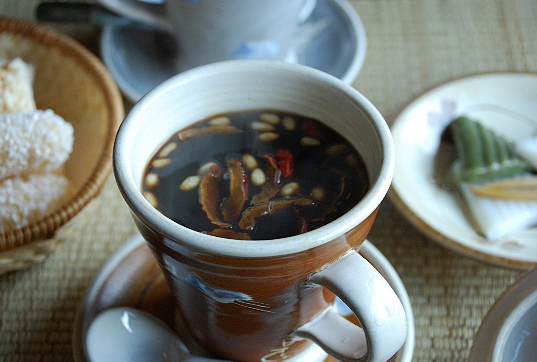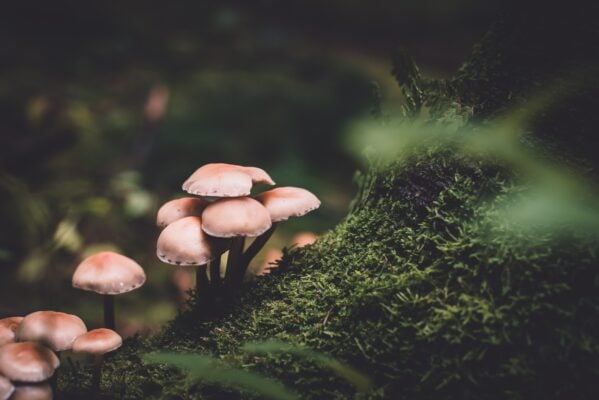Improved brain function, protection against cancer or heart disease, a stronger immune system, accelerated fat loss, improved longevity, with alleged health benefits like these. Why would anyone not want to drink green tea? Well, it might surprise you to learn that at one point and time in history people were more afraid of the harmful effects of a cup of green tea than they were of opium.
Ever since its origins in China, thousands of years ago green tea and all its various incarnations have traditionally been perceived and used as medicine for all kinds of ailments. However, during the Victorian era, and even before, it started to garner a bad reputation. Because the tea trade had become such a lucrative industry by the 19th century, greedy businessmen and tea swindlers increasingly resorted to cutting corners in an effort to make their own profits grow.

In what is known as tea adulteration, the green tea that was being sold was manipulated in various ways by both Asian and Western merchants. This seedy practice involved mixing tea leaves with tea dust, iron fillings, other plant leaves like hawthorn, or dirt, and chemically dyeing it with Prussian blue, Dutch pink, and even sheep dung in an effort to pass it off like the real thing. Another method was simply redrying used tea leaves and selling them again. Tea adulteration became so rampant that when the Co-Operative Central Agency of London tried to sell pure, unmanipulated and uncolored green tea, people didn’t buy it because it didn’t look right to them. Suffice it to say that after these practices became common knowledge the tea drinking public began to distrust what was in their green tea.
To make matters worse, excessive consumption of green tea was further demonized by being linked to insomnia and hysteria, most notably by Dr. George Sigmond in the prestigious British medical journal ‘The Lancet’ in 1839. Several decades later the same sentiment was reiterated by Irish writer Joseph Sheridan Le Fanu, in his 1872 publication ‘In a Glass Darkly’, in which a character was haunted by a demon after over-indulging in green tea.
In the end, with more knowledge and research many of the misgivings surrounding green tea have been dispelled and in recent decades, through its health claims, the beverage has regained its former glory as one of, if not the, most popular kind of tea around. However, to think that with all of the legal measures in place to combat tea adulteration, it is now something of the past would be misgiven. For instance, in 2018 the Indian Food Safety and Drug Administration seized a tonne of adulterated tea powder, laced with ‘colouring agents’ and ‘unidentified material’, so don’t start buying your tea from just anyone.



